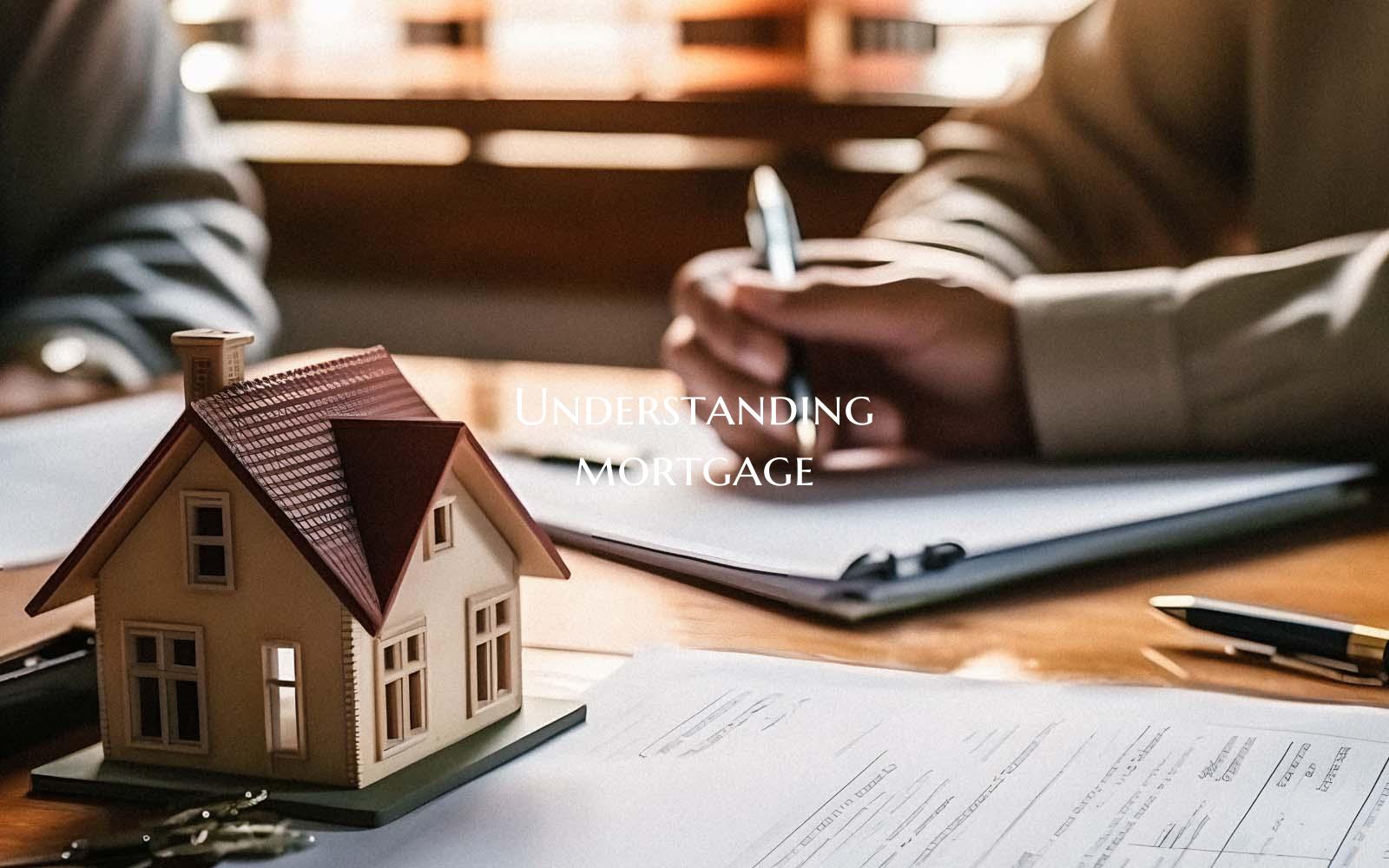Understanding mortgage

When it comes to purchasing a home, one of the most common ways to finance the transaction is through a mortgage. Understanding how mortgages work is essential for anyone considering buying a home. In this comprehensive guide, we will explore the key aspects of mortgages to help you navigate the home buying process with confidence.
What is a Mortgage?
A mortgage is a type of loan specifically designed for purchasing real estate. It is a significant financial commitment that allows individuals to buy a home without having to pay the full purchase price upfront. The property itself serves as collateral for the loan, meaning that if the borrower fails to repay the loan according to the terms, the lender has the right to take possession of the property.
Types of Mortgages
There are several types of mortgages available to home buyers, each with its own terms and conditions. The most common types include:
1. Fixed-Rate Mortgage: With a fixed-rate mortgage, the interest rate remains the same throughout the life of the loan, providing predictability in monthly payments.
2. Adjustable-Rate Mortgage (ARM): An ARM has an interest rate that can fluctuate based on market conditions, potentially leading to changes in the monthly payment amount.
3. FHA Loan: Insured by the Federal Housing Administration, FHA loans are popular among first-time homebuyers due to their low down payment requirements.
4. VA Loan: VA loans are available to veterans, active-duty service members, and certain military spouses, offering favorable terms and often requiring no down payment.
Key Mortgage Terminology
Understanding common mortgage terms is crucial for making informed decisions:
1. Down Payment: The initial payment made by the buyer toward the home's purchase price, typically expressed as a percentage of the total amount.
2. Interest Rate: The percentage charged by the lender for borrowing the money, influencing the overall cost of the loan.
3. Amortization: The process of paying off the loan through regular installments, which include both interest and principal.
4. Closing Costs: The fees associated with finalizing the home purchase, including appraisal fees, title insurance, and loan origination fees.
Navigating the Mortgage Process
Securing a mortgage involves several steps, from pre-approval to closing. Here's a general overview of the process:
1. Pre-Approval: Getting pre-approved for a mortgage involves submitting financial documents to a lender to determine how much you can borrow.
2. Home Search: Once pre-approved, you can start searching for homes within your budget and preferences.
3. Loan Application: After finding the right home, you will complete a formal loan application with the lender.
4. Underwriting: The lender will review your application, credit history, and financial status to assess the risk of lending to you.
5. Closing: Once the loan is approved, you will sign the necessary documents, pay closing costs, and take ownership of the property.
By understanding the ins and outs of mortgages, you can make informed decisions when purchasing a home. Remember to compare multiple lenders, consider your long-term financial goals, and seek guidance from real estate professionals to ensure a smooth home buying experience.
